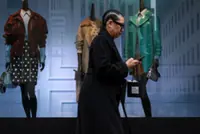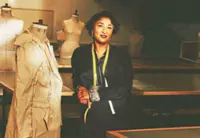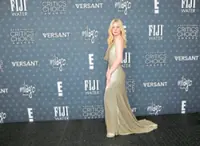Besides khakis, army green has also been adopted en masse by civilians in Ukraine. Photo composite: AFP
Ukrainian president Volodymyr Zelensky created the trend by wearing khaki outfits in every setting since the beginning of the Russian invasion in February.
In the eight months of war, his people have followed his sartorial lead.
Already a subscriber? Log in
Save 30% OFF The Star Digital Access
Cancel anytime. Ad-free. Unlimited access with perks.





